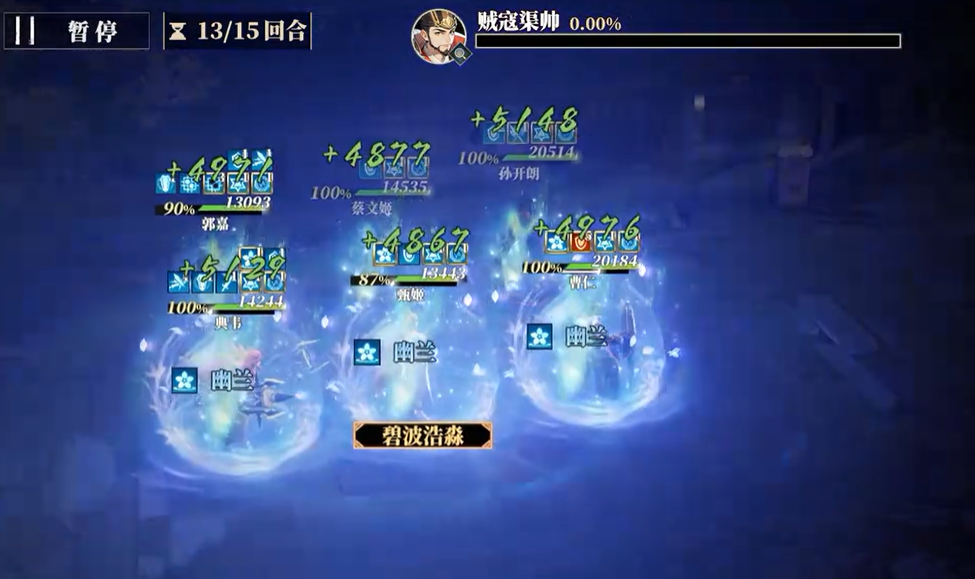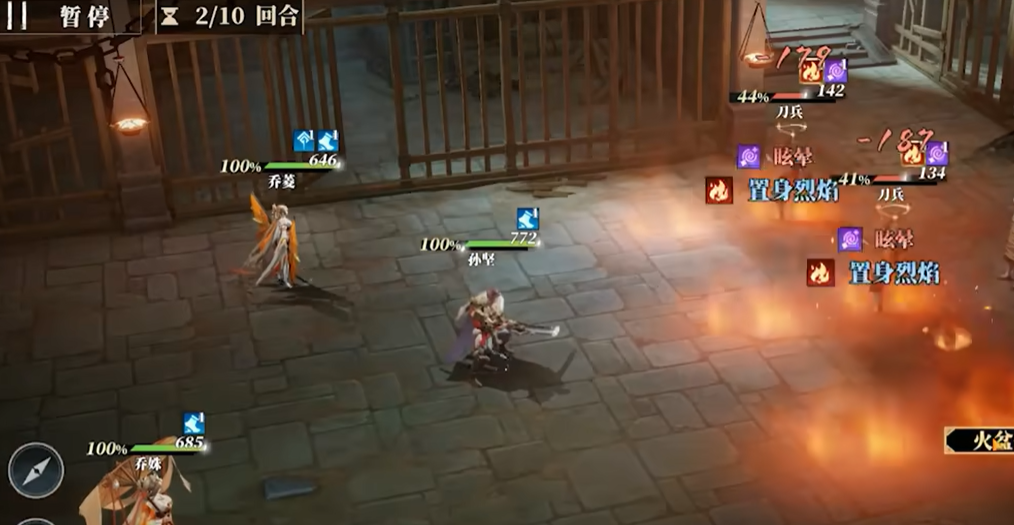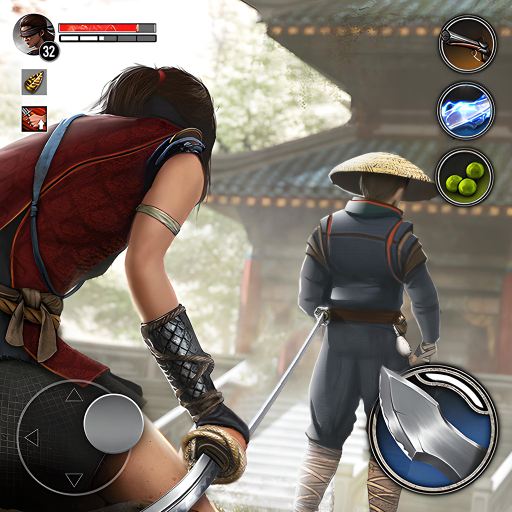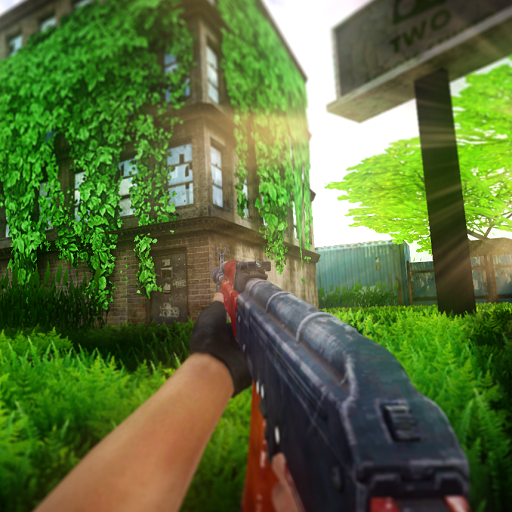Which map in Goose Goose Duck mobile game is suitable for beginners? In this fun Werewolf-like mobile game, the choice of map is often one of the key factors affecting the gaming experience for new players. For those just getting into the game, facing nine maps with their own unique features can be quite overwhelming. Different maps not only vary in scene construction and task mechanisms but also involve various special roles and sabotage methods, all of which play a significant role in the game's strategy. If the map is too complex or loosely structured, new players may find themselves at a disadvantage due to unfamiliar routes or unclear tasks, even ending the entire game in confusion. Therefore, choosing the right map at the beginning of the game can not only help you quickly grasp the game's rhythm but also provide more enjoyment in terms of strategy and reaction.

The first recommendation for beginners is the "Basement" map. The Basement is not the smallest map, but its medium size and clear room layout achieve a good balance between exploration and confrontation. One of the most notable designs on this map is the teleportation mechanism, which allows players to quickly move between different areas. This is a huge advantage for new players, as it helps them return to the main path when lost and provides great mobility when being chased or needing to avoid suspicion. Additionally, the special neutral character, the "Pelican," is impressive, capable of swallowing other players without leaving a body, making the gameplay highly strategic. The two locations on the map where bodies can be disposed of—the Boiler Room and the Misty Creek Cave—make it possible to "eliminate targets without a trace." New players who can cleverly use these mechanisms will feel the pleasure of strategically setting up the game.

Next is the "Goose Church" map, which has the advantage of a simple structure, short paths, and concentrated tasks, making it very suitable for games with 12 or fewer players. For new players, this compact map significantly reduces the chances of getting lost or wandering through empty rooms, while also helping them quickly familiarize themselves with task points and routes. In terms of characters, the two neutral roles that appear in the church map, the "Falcon" and the "Vulture," both have strong recognition. Although the Falcon is a neutral identity, it can disguise itself as a good goose to complete tasks, making it suitable for new players with some judgment skills to practice deception. The Vulture, on the other hand, can eat corpses and shine in chaotic situations. The duck sabotage tasks on the map are also reasonably designed, such as poisoning the water, closing doors, and releasing fog, providing new players with some operational space to gradually build tactical awareness.

Finally, worth mentioning is the "Ancient Sands" map, which, although once a paid map, has attracted many new players since it was recently made free. The feature of this map is the dynamic weather mechanism—occasional sandstorms not only increase the randomness of environmental changes but also effectively cover character movements, increasing the survival rate of stealth players. Special characters in the sands, such as the "Sorcerer" and the "Ninja," also bring more variability to the situation. The Sorcerer can isolate and kill by releasing locusts, while the Ninja excels in multi-target kills and moving in the mist. These characters do not require high-level operations but offer deep tactical possibilities, making them perfect for new players to practice basic killing and hiding techniques. The destruction mechanisms in the sands, such as summoning mummies, also greatly reduce the reliance on "knife skills," instead relying more on terrain and timing to secure victory.

For beginners, these three maps are recommended not only because of their unique features but also because they strike an appropriate balance between "moderate difficulty" and "diverse gameplay." The teleportation in the Basement allows players to flexibly handle unexpected situations, the simple structure of the Goose Church makes it easy to get started and communicate, and the dynamic mechanisms and special ducks in the Ancient Sands provide a good platform for new players to learn tactics. In comparison, maps like Mallard Manor, Mother Goose Spaceship, and Linked Colony, although intricately designed, can easily leave new players "spinning their wheels" due to their large size or scattered structures, leading to a less enjoyable experience.
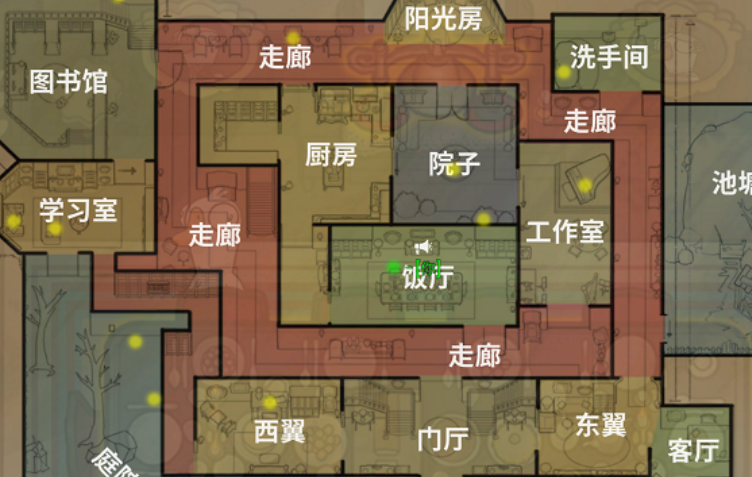
In summary, the charm of Goose Goose Duck mobile game lies not only in its rich character settings and cute art style but also in the diversity and combination of map mechanisms. For beginners, choosing the right map is the first step in experiencing the game. Exercising your judgment, strategy, and quick thinking in a suitable map will lay a solid foundation for more complex matches later on. As your understanding of the game deepens, new players can gradually try more complex maps with more roles, further expanding their gaming experience. In the process of continuous exploration, you might find yourself growing from an initial "goose in chaos" to a seasoned strategist, truly grasping the essence of the game.
